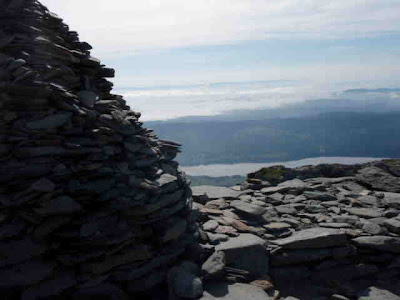Three remarkable men
These three men have been inspirational in the Life of Maalie
Richard Dawkins
Kris Kristofferson
I became acquainted with the music of this country-singer when I worked in Antarctica in 1972-73 and his words and music have lingered with me ever since.
Here, Kris is singing one of his greatest hits Me and Bobby McGee
"Freedom's just another word for nothin' left to lose"
Sir David Attenborough
Biologist and broadcaster, whose enthusiasm and professionalism is something I have aspired to through my own teaching career. Here, Sir David is telling us about fossils: "...it seemed to me then [as a boy], and to be truthful it still seems to me now, to be moments of magic..."
Do biologists ever "grow up"?
Richard Dawkins
is an evolutionary biologist and geneticist who gained scientific acclaim for his innovative work The Selfish Gene. In addition to his biological career, Richard Dawkins is well-known for his views on atheism, evolution, creationism, intelligent design, and religion.
His clarity of communication and his extensive writing have been a constant source of recommended reading for my own students.
Creationists do not like Richard Dawkins; they accuse him of arrogance. Even if that is true, that is an ad hominem argument, an argument that attacks the person, not the evidence, in an attempt to draw the discussion away from the point.
Let me put it this way: would you rather fly with an arrogant but experienced airline pilot, or with a humble novice? Or have your surgeon be competent but arrogant, or humble and ham-fisted?
This clip shows Professor Dawkins delivering a lecture: "Aren't we all atheists?"
His clarity of communication and his extensive writing have been a constant source of recommended reading for my own students.
Creationists do not like Richard Dawkins; they accuse him of arrogance. Even if that is true, that is an ad hominem argument, an argument that attacks the person, not the evidence, in an attempt to draw the discussion away from the point.
Let me put it this way: would you rather fly with an arrogant but experienced airline pilot, or with a humble novice? Or have your surgeon be competent but arrogant, or humble and ham-fisted?
This clip shows Professor Dawkins delivering a lecture: "Aren't we all atheists?"
Kris Kristofferson
I became acquainted with the music of this country-singer when I worked in Antarctica in 1972-73 and his words and music have lingered with me ever since.
Here, Kris is singing one of his greatest hits Me and Bobby McGee
"Freedom's just another word for nothin' left to lose"
Sir David Attenborough
Biologist and broadcaster, whose enthusiasm and professionalism is something I have aspired to through my own teaching career. Here, Sir David is telling us about fossils: "...it seemed to me then [as a boy], and to be truthful it still seems to me now, to be moments of magic..."
Do biologists ever "grow up"?





















































